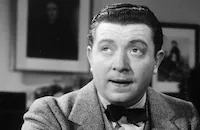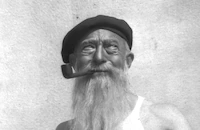Top Speed

Brief Synopsis
Cast & Crew
Mervyn Leroy
Joe E. Brown
Bernice Claire
Jack Whiting
Frank Mchugh
Laura Lee
Film Details
Technical Specs

Synopsis
At the fashionable Lackawanna Lodge, where they are spending the last day of their vacation, bond clerks Jerry and Elmer decide to stay for another day to watch the speedboat race. At the last minute, Rollins, a boat owner, fires his pilot and induces Jerry to substitute and throw the race. Jerry then plans to accept half the payoff which Elmer, having boasted of being a millionaire, bets on Rollins' boat. Jerry wins the race but is confronted by a sheriff who claims that he and Elmer are wanted for the theft of a bond; but Elmer, who finds the missing certificate, turns it over to the sheriff. Then, with sighs of relief, both boys embrace their girls. ...

Director

Mervyn Leroy
Cast

Joe E. Brown

Bernice Claire
Jack Whiting

Frank Mchugh

Laura Lee
Rita Flynn
Edwin Maxwell
Wade Boteler

Edmund Breese
Cyril Ring
Billy Bletcher
Al Hill
Crew

Film Details
Technical Specs

Articles
Top Speed (1930) -
By Frank Miller














